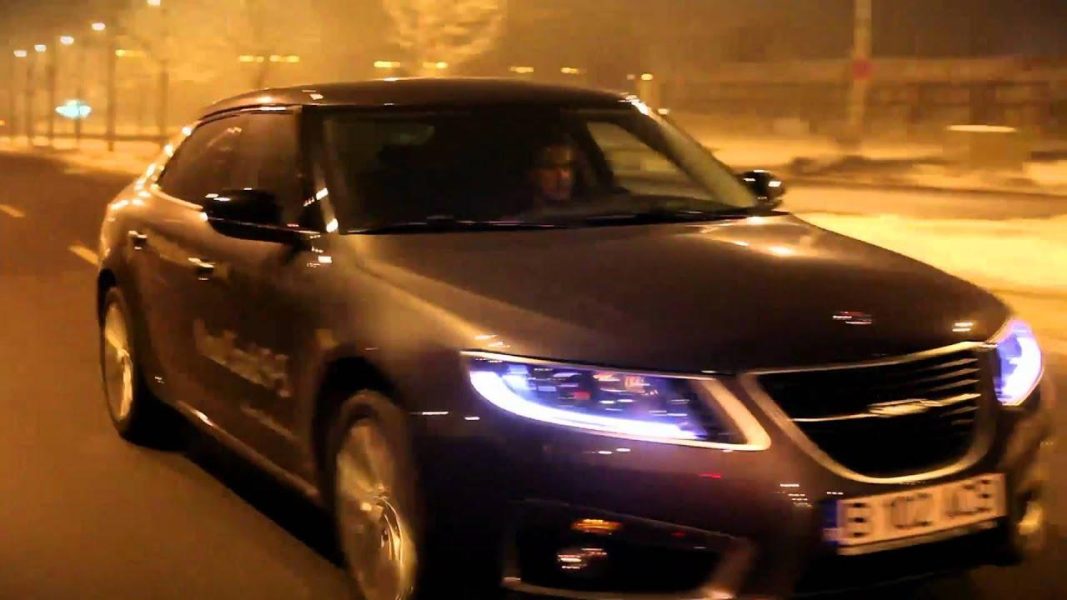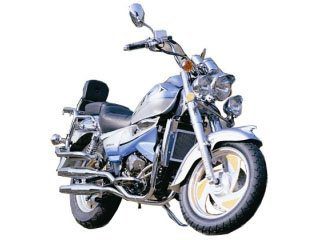
Saab 9-5 2011 review: road test
The new flagship is once again waving the Saab flag in Australia. The all-new 9-5 is the first newcomer since the Swedish brand launched after more than 20 years of misery under General Motors, and promises a bargain price, impressive quality, and a style that breaks away from origami creasing school. in European design.
Now, if only they could get the ride and handling right… The 9-5 is a handsome car that’s noticeably bigger than any previous badge-bearing model and nets $71,900 – aided by the luxury car tax credit for the eco-friendly diesel engine – help put it on shopping lists amid everything from the BMW 5 series and Benz E Class to the Volvo X80.
Saab Cars Australia plans to slowly burn the 9-5 - and the rest of its comeback plan - and is forecasting only about 100 sales this year. “Our brand is not something we shout about. We want to connect with people individually,” says Steve Nicholls, managing director of Saab Cars Australia. He says the difference between 9-5 is how it looks.
“All our communications are built around design. This is the key message. It's not about kilowatts or how much you can fit in the trunk,” says Nicholls, who flew with global design chief Simon Padian to Australia to unveil the 9-5.
VALUE
The 9-5's starting price is helped by the diesel at 6.8 liters per 100 km, but even the petrol Vector is available for its class for $75,900. The flagship Aero Turbo starts at $6 XWD with all-wheel drive and most of the good luxury stuff, though a rear-seat DVD system is an extra cost option.
Good things about the Vector include an instrument display and a cooled glovebox in addition to the usual sat nav, a Harmon-Kardon sound system with all speakers, leather trim, bi-xenon headlights and more. The top-class car is equipped with a parking assist system, sports seats, cornering lights and more. Every 9-5 comes with keyless entry and the start button is on a console between the seats, which is the traditional location for the ignition key in any Saab. “Now we have created a big gap between 9-3 and 9-5,” says Nicholls.
TECHNOLOGY
When Saab was part of the GM family, the attitude towards the company was mostly just child abuse. This has meant investment and development has always been limited, so Saab is playing catch up. However, its all-turbo philosophy is correct, it promises body strength and safety as good as anything in its class, and the rear suspension is independent - but not in a turbodiesel.
Engine output is 118kW/350Nm for the diesel, 162/350 for the petrol quad and 221/400 for the 2.8-litre V6, all using a six-speed automatic transmission. To put the 9-5 in its place, it has a length of just over five meters, a wheelbase of 2837 mm, 513 liters of boot space and a full-size spare tire.
Design
The shape and style of the 9-5 is a welcome departure from the creases and crunches that are the origami style of many modern European cars. It even has a blacked-out A-pillar to disguise the traditional bulk of the front of the car, and an aerodynamic curved windshield.
“Because we are Saab, we are allowed to be different. To be honest, I think if we followed the rest of the crowd, we would have lost our soul,” says Saab chief designer Simon Padian in Australia to unveil the 9-5.
“Saabs have always been rugged, practical vehicles designed to be used. Our customers want cars to have meaning and substance.” “9-5 is the result of a very deliberate journey. We are always looking for a way to create more in-demand products.”
As such, the bodywork looks sleek and distinctive, while the interior has a driver-focused instrument panel and the quality finish you'd expect from a Saab.
SECURITY
The 9-5 should easily pass the five-star bar in NCAP, but Saab says it wants more and endures everything from a "black-panel" dash that turns off everything but the speedometer on command to reduce stress after dark, to projection display. There are front side thorax airbags, ESP stability control and ABS brakes, and a rollover detection system.
DRIVING
The appearance of the 9-5 promises a lot. This is a cool car, the quality of which can be seen and touched. The engines also respond well, from the quietness of the diesel to the traction of the V6, with smooth automatic shifting - though there's no response to calls to downshift when you flick the paddles in D, only in Sport mode.
Based on a very short ride in the full range of cars, the 9-5 is pretty quiet - aside from a little wind noise around the mirrors - the seats are very comfortable and supportive, and there are plenty of toys on the dash. The head-up display is the best we've seen, but there's a wacky secondary display on the dash that means you can use three speedometers at the same time - main, head-up, and secondary "altimeter" - and that's just stupid.
The real problem with the 9-5 is the suspension. Regardless of the car, and despite using 17-18-19 inch tires, the suspension is raw and can't handle Australian conditions. Saab says it needs a sporty feel, but the 9-5 hits potholes, gets twitchy on the corrugations, and generally isn't a good place to travel. There is also torque steering and recoil. The 9-5 promises a lot, but its suspension is in urgent need of repair before it can be considered a serious contender for prestige in Australia.
BOTTOM LINE: "Looks good, doesn't ride well."
SAAB 9-5 *** 1/2

